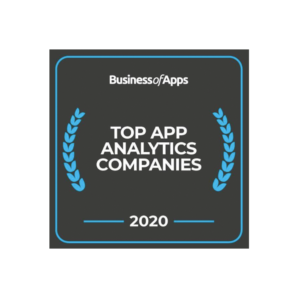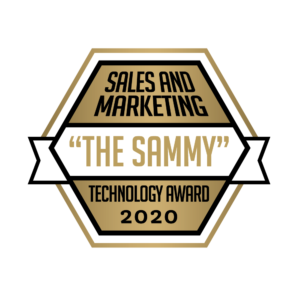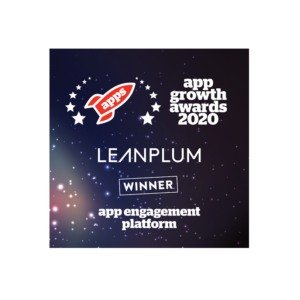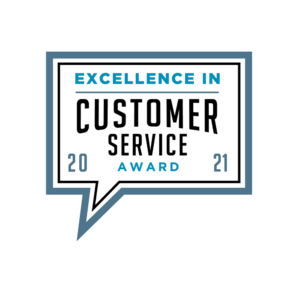Mobile Personalization
Interested in Leanplum?
What Is Mobile Personalization?
Mobile personalization is the process of enhancing messages with user-specific data. Demographic, behavior, location, time, and external data provide deeper insights that power personalized messages. By personalizing communications at every point in the customer journey, mobile marketers can increase app retention and engagement.
How Does Mobile Personalization Work?
The first step for an effective mobile personalization strategy is to gather the data. Leanplum’s integrated mobile marketing platform combines all features of your strategy rather than relying on third-party products. Installing too many third-party platforms can slow down your app, and the data may not match with the other platforms.
User profiles are created from information about your customersÛª demographic, location, in-app behaviors, and preferences. These profiles are used as a basis for customer segmentation, which enables targeted messages that reach specific groups of users.
Mobile personalization is essential for understanding how your customers work. For example, even a simple change of language can improve mobile app engagement, such as changing an email stating, ”You have an item left in your cart” to, ”Hello [Name], you still have a [product] left in your cart!” Studies by Leanplum show that notifications which are personalized have an 800 percent higher open rate; as such it is integral to make these campaign changes to maximize conversions.
What’s more, once your customer segments have been set up, optimization techniques such as mobile A/B testing become much easier. Marketers can test different variables on various customer segments, which helps them make key changes to campaigns that benefit these users.
What Does Mobile Personalization Mean For Marketers?
Personalization helps marketers address and understand their target audience at every point in the customer journey. For example, in the onboarding process, a personalized welcome message will encourage the user to take the first step, such as registering their personal details. Later on, to ensure ongoing customer engagement, the app team might use personalized push notifications to show users how far they have progressed.
Later on in the customer journey, abandoned cart rates can be reduced by sending customers personalized messages, inviting them to return and complete their purchase without having to search for the product again.
Finally, a personalized notification can re-activate dormant users by notifying them of a new feature update. With studies showing that up to 90 percent of us delete an app within the first day of downloading it, personalization is the difference between losing and retaining your customers. Personalized notifications help marketers see an improved return on investment and happier customers.







